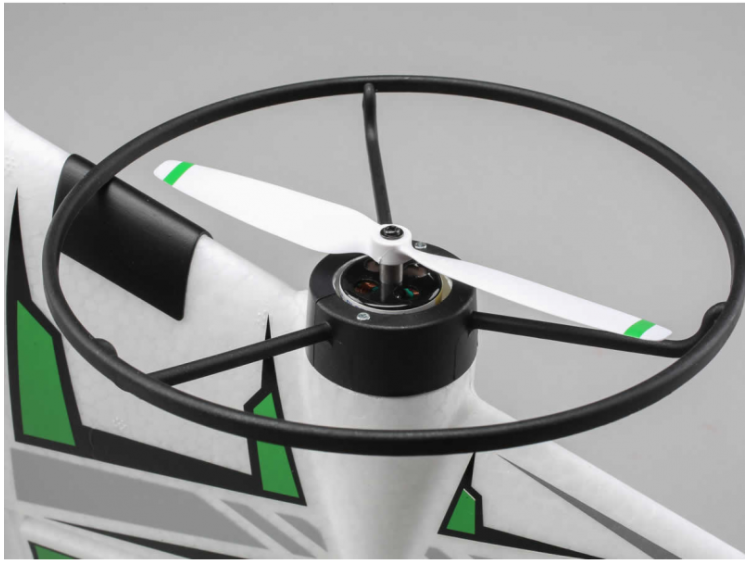Take Control of the Skies — Like Never Before
Imagine flying an airplane, helicopter, or VTOL as naturally as driving your car — with a steering wheel that responds intuitively to every movement. That’s the bold future we’re building: a revolutionary flight control system that blends cutting-edge technology with unmatched simplicity.
Our goal? Reinvent how you connect with your aircraft, replacing traditional complex controls with a fluid, instinctive, 3D navigation experience.

Flight Meets Familiarity
Our steering-based control system brings comfort and confidence to the cockpit. Whether you’re gliding through the clouds or hovering mid-air, your movements feel natural — like turning a wheel, not pulling on complex levers.
This game-changing interface is engineered to adapt across different aircraft types, enabling effortless transitions and a more inclusive flight experience.
More Than a Dream — A New Way to Fly
Have you ever dreamed of becoming a pilot? Our technology makes that dream more achievable than ever. By merging the instinctive nature of steering with aviation-grade precision, we give both new learners and veteran aviators full command over their aircraft — without the steep learning curve.
It’s not just a control system — it’s your gateway to confident, immersive flying.
Engineered with Safety in Mind
Advanced automation and assistive technologies are integrated to keep you safe at all times. From stability assistance to flight envelope protection, every function supports your actions — adding an invisible layer of intelligence that helps avoid risk, without taking away control.
Flight Dynamics Made Simple
Different aircraft, different behaviors. Airplanes use control surfaces like ailerons and rudders. Helicopters rely on cyclic and collective control. VTOLs often combine multiple thrust directions and axes.
Our system translates the steering wheel’s intuitive inputs into the correct mechanical actions for each type — no matter the complexity underneath. The result: smoother control across any platform, from fixed-wing aircraft to hover-capable machines.
Stay tuned — in the next section, we’ll dive into how each input is precisely mapped for total responsiveness.
Control Mapping: Turning Motion into Precision
Translating the familiar gestures of a steering wheel into real aircraft motion is both our challenge and our innovation. Each axis of movement must correspond to critical control elements:
- Roll (Left/Right) — Controlled by turning the wheel, like steering a car.
- Pitch (Up/Down) — Adjusted by pushing or pulling the wheel forward and back.
- Yaw (Rotation) — Managed through wheel rotation or twist, depending on the configuration.
This mapping changes depending on the aircraft type. For helicopters, the system must link wheel input to cyclic and collective behavior, while VTOLs demand hybrid control logic tailored to vertical and horizontal thrust management.

Control Mapping: Turning Motion into Precision
Translating the familiar gestures of a steering wheel into real aircraft motion is both our challenge and our innovation. Each axis of movement must correspond to critical control elements:
- Roll (Left/Right) — Controlled by turning the wheel, like steering a car.
- Pitch (Up/Down) — Adjusted by pushing or pulling the wheel forward and back.
- Yaw (Rotation) — Managed through wheel rotation or twist, depending on the configuration.
This mapping changes depending on the aircraft type. For helicopters, the system must link wheel input to cyclic and collective behavior, while VTOLs demand hybrid control logic tailored to vertical and horizontal thrust management.
Automation and Assistive Systems
Flying is complex — but technology can make it smarter, safer, and smoother. Our control system includes intelligent assistive features that help the pilot without ever overriding them:
- Autopilot integration for stable cruise or hover modes
- Stability augmentation to correct imbalances in flight
- Flight envelope protection to prevent dangerous maneuvers
The result is a collaborative system: the pilot remains in full control, while intelligent software continuously monitors safety margins and supports high-stress maneuvers.
Training & Certification: Preparing for a New Way to Fly
New control methods mean new learning curves — and new standards. Pilots will need dedicated training tailored to the unique interface and logic of steering wheel-based flight systems.
Our approach includes simulator programs, immersive exercises, and procedural guidance for all aircraft types. We also collaborate with aviation authorities to define certification frameworks that validate safety and competency in this next-gen cockpit.

Ergonomics & Feedback
A responsive control system means nothing if it doesn’t feel right. Our steering interface is designed for ergonomic comfort — with tactile response, visual cues, and optional haptic feedback that enhances pilot awareness.
This helps reduce fatigue while increasing precision, making the cockpit experience feel less like a machine — and more like an extension of yourself.
Accessibility & Inclusion
Traditional flight controls can be intimidating. Our system changes that — lowering the barrier to entry for aspiring pilots, and making aviation more inclusive than ever.
Its intuitive nature also opens the cockpit to individuals with limited physical mobility, allowing a broader, more diverse community to experience the joy of flight.
Personal Aviation, Reimagined
This is more than innovation — it’s a leap toward democratized aviation. By making aircraft easier to fly, more people can take to the skies. Personal, recreational, and even urban air mobility will grow exponentially as our control system becomes the new standard.
With every pilot we empower, we fuel a global shift — toward freedom, exploration, and airborne possibility.
Join us at DriveYourPlane.com and stay ahead of the curve. Be part of this movement — the future of flying is in your hands.